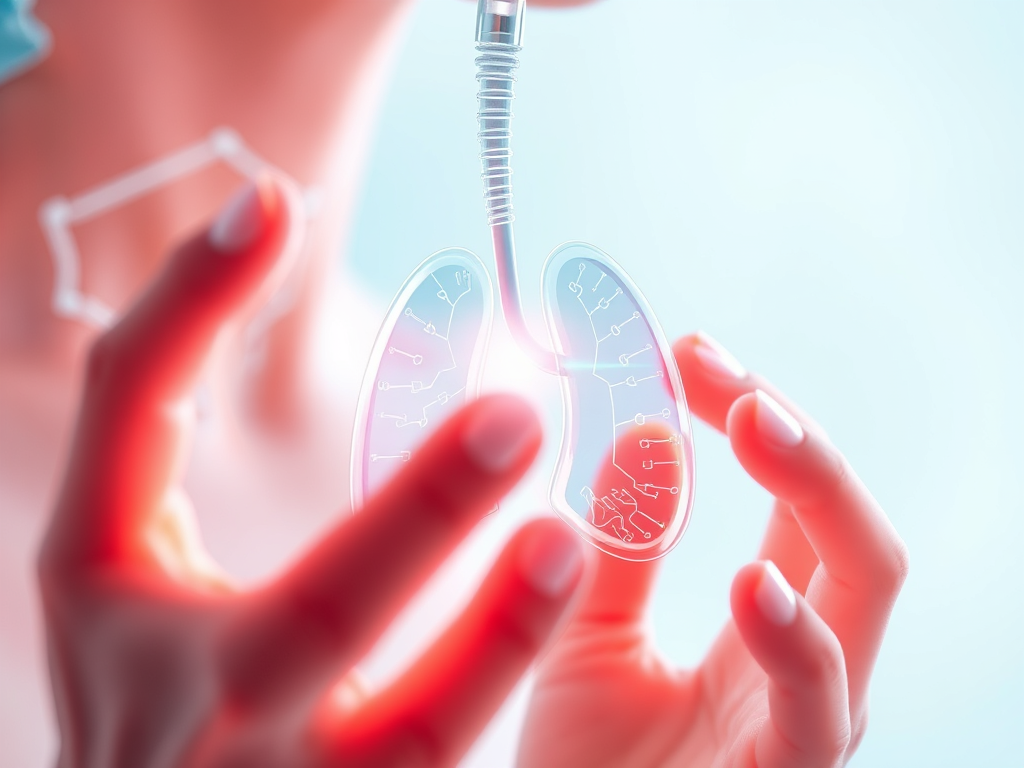An article by Dr E. Ramanathan PhD
Highlights
இருமல் நல்லதா ? கெட்டதா ?
IS COUGH GOOD OR BAD?
Good Cough

- Protective – from dust, allergens, smoke, mucus
- Prevents these from reaching the lungs.
- Clearing infections – expel mucus that contain virus or bacteria
- aids in recovery from respiratory infections
- Clearing obstacles – prevents entry of food or liquid in airways

Bad Cough
- Chronic cough for more than 10 days
- Due to lung infection
- needs medical attention
- disturbs sleep
- physical strain
- social impact

Common cold viruses
- Rhinovirus
- Coronavirus
- Adenovirus
- RSV ( Respiratory Sycytial Virus)
Residences of these viruses
- Human respiratory tract – nose, throat, sinuses

- Surfaces and objects in common places.
- Airborne droplets through sneeze or cough
- Crowded indoor space
- Poor ventilation

- Moist atmosphere
- Cold and dust in any form like pollens, chemicals
- Rhinoviruses replicate fast in less than 33 deg C.
Activity – Identify 21 terms given scrambled in the image given below.
Ice cream Parlour and Virus Colony

- Some viruses are active in even frozen temperature
- Improper maintenance of freezers
- Improper storage
- Handling contaminations
- Crowded area
- Poor ventilations
- Uncleaned air cooler or air conditioner or ceiling fans or table fans
Remedial Action
Antihistamines may be given for certain types of cough, particularly if it is caused by allergies or postnasal drip.
- Allergic Cough: If a cough is due to an allergic reaction, such as exposure to dust, pollen, or other allergens, antihistamines can help by blocking histamine, which reduces symptoms like throat irritation, postnasal drip, and mucus production that may be causing the cough.
- Postnasal Drip: Antihistamines can also be effective for a cough caused by postnasal drip (where mucus drips down the throat, often as a result of allergies or sinus issues). By drying up the mucus, antihistamines can reduce throat irritation and suppress the cough reflex.
- Combination with Decongestants: For coughs accompanied by nasal congestion, a combination of an antihistamine with a decongestant may be recommended, as it addresses both mucus production and congestion.
Antihistamines are generally more effective for coughs linked to allergies and postnasal drip rather than for coughs caused by infections (such as colds or the flu) or other lung conditions. Second-generation antihistamines, like cetirizine or loratadine, are usually preferred because they cause less drowsiness compared to first-generation ones, like diphenhydramine. However, always consult a healthcare provider before using antihistamines to treat a cough, as they are not suitable for all types of cough and may have side effects.
Keep reading after Advertisement

What is Histamine? How is it produced?

Histamine is an organic nitrogen compound involved in immune responses, regulating stomach acid, and acting as a neurotransmitter in the brain. It is synthesized by decarboxylation of the amino acid histidine, primarily in specialized cells like mast cells and basophils. Here’s an overview of its roles and effects:
- Allergic Reactions: Histamine is released by mast cells and basophils in response to allergens, playing a major role in the body’s defense mechanism. When released, it binds to receptors and causes symptoms like itching, swelling, and redness by increasing blood flow and capillary permeability at the site of infection or allergen exposure.
- Gastric Acid Secretion: In the stomach, histamine stimulates parietal cells to release hydrochloric acid, aiding in digestion. This is regulated through histamine receptors (H2 receptors) in the gastric lining.
- Neurotransmitter in the Brain: In the central nervous system, histamine acts as a neurotransmitter, playing a role in wakefulness, attention, and appetite control. It influences sleep-wake cycles and contributes to alertness.
- Role in Inflammation and Immune Responses: Histamine is a key player in inflammatory processes. It helps direct immune cells to sites of injury or infection, enhancing the immune response.
- Blood Vessel Dilation: By binding to histamine receptors (especially H1 receptors) in blood vessels, histamine causes dilation and increased permeability, which allows immune cells to reach affected areas more effectively.

4 Types of Histamine Receptors
Histamine acts through four types of receptors (H1, H2, H3, and H4), each mediating different effects in various tissues. It is a critical mediator in allergic reactions, gastric function, and neurological signaling.
Mast Cells and Basophils

References
- Heinzerling, L., Mari, A., Bergmann, K. C., Bresciani, M., Burbach, G., Darsow, U., et al. (2013). The skin prick test—European standards. Clinical and Translational Allergy, 3(1), 1-10. [doi:10.1186/2045-7022-3-3]
- Sterk, P. J., Fabbri, L. M., Quanjer, P. H., Cockcroft, D. W., O’Byrne, P. M., Anderson, S. D., et al. (1993). Airway responsiveness: standardised challenge testing with pharmacological, physical and sensitising stimuli in adults. European Respiratory Journal, 6(16), 53-83.
- Bloom, S. R., & Buxton, B. (1972). The use of histamine in the diagnosis of gastric disease. British Medical Journal, 1(5801), 505-507. [doi:10.1136/bmj.1.5801.505]
- Hough, L. B., & Jackson, B. L. (1980). Histamine as a neurotransmitter and neuromodulator in brain. International Review of Neurobiology, 21, 1-43.
- https://www.lybrate.com/topic/best-natural-antihistamines/fd6d50bfb5a483a9a1881c9f2a17a10e
- https://vigilint.com/blog/lower-respiratory-infections-lri-and-rsv/


